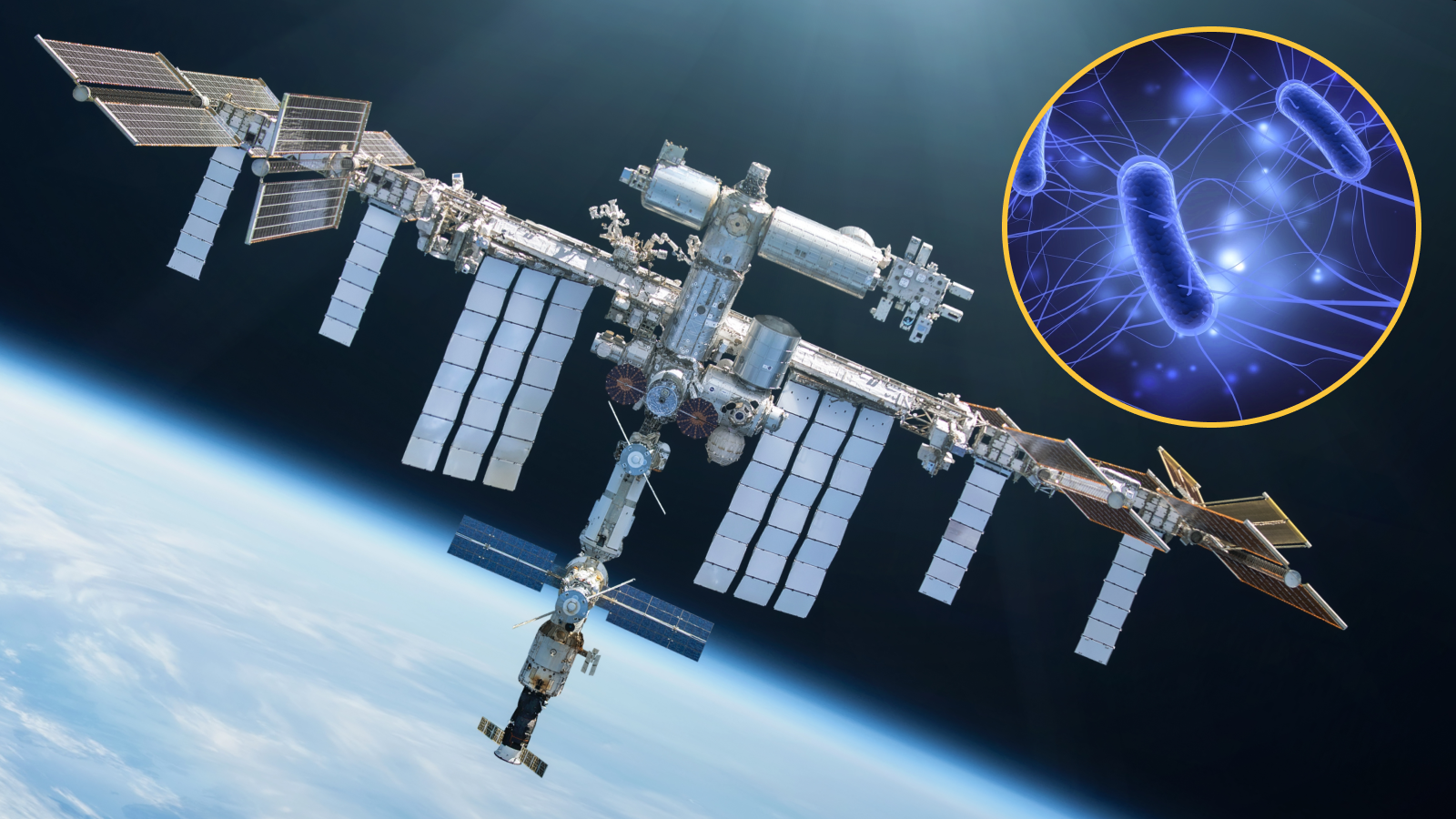What's the largest planet in the universe?
Astronomers have found planets that are twice as wide as Jupiter and more than 10 times as heavy, but there's a limit to how big planets can get.

Since astronomers first looked beyond the solar system three decades ago to discover extrasolar planets, or exoplanets, we've known that planets in the Milky Way — and probably the wider universe — come in a vast array of widths and masses.
But just how big can these planets get, and what's the biggest planet we know of?
Prior to 1992, when the first exoplanet was discovered, the gas giant Jupiter, which is about 11 times as wide as Earth, held the title of the biggest known planet. But Jupiter is a pip-squeak compared with some monster worlds we've discovered since.
Related: 10 Extreme exoplanets that are out of this world
There are two measures to consider when determining the size of a planet: its width (twice its radius) and its mass.
Measuring by the first, "the largest exoplanets have a planetary radius about twice the radius of Jupiter," Solène Ulmer-Moll, a postdoctoral exoplanet researcher at the University of Geneva, told Live Science via email. "These are extreme objects orbiting very close to their host star."
The width of a planet and its mass are linked, but there isn't always a direct correlation between the two. This is because planets vary in density, meaning some low-mass gas giants can "puff out" to sizes greater than other, heavier exoplanets.
Get the world’s most fascinating discoveries delivered straight to your inbox.
For example, the gas giant HAT-P-67 b, which has a radius about twice that of Jupiter, is currently among the largest known planets in terms of width. Yet the exoplanet, which is 1,200 light-years from Earth, has a very low density, so it has only about a third of the mass of Jupiter, Ulmer-Moll said.
WASP-17 b is also roughly twice as wide as Jupiter. A runner-up is KELT-9b, whose radius is 1.84 times Jupiter's, she added.
Most rocky planets elsewhere never get anywhere near as big as the "super-Jupiters" mentioned above. The largest rocky planets, called "super-Earths," are about twice as wide as Earth. "In comparison, Wasp-17b has a radius which is equivalent to 22 times that of Earth," Ulmer-Moll said.
Even though rocky planets are denser than gas giants, they still don't get as heavy as gas giants. That's because as rocky planets grow, they accumulate gas, ice and water that gradually transforms them into gas giants with a rocky center, she said.
The most massive planets are around 13 times the mass of Jupiter. These include the gas giant HD 39091 b, which is located 60 light-years from Earth, and has a mass around 12.3 times that of Jupiter.
How big can a planet actually get?
We don't expect to discover planets much bigger than these super-Jupiters, because a planet becomes a "brown dwarf" once it reaches a certain size and mass.
Brown dwarfs are often referred to as "failed stars" because they are heavier than super-Jupiters but not massive enough to trigger ordinary hydrogen fusion at their cores. But something still burns at the hearts of brown dwarfs.
"The major difference between brown dwarfs and planets is their mass and the occurrence of deuterium — heavy hydrogen — burning," Nolan Grieves, a postdoctoral researcher in the University of Geneva Department of Astronomy, told Live Science via email. "At larger masses, an object will have a high enough internal pressure and temperature to burn most of the deuterium that was initially present in the object."
The dividing line between planets and brown dwarfs was defined back in the 1990s, with brown dwarfs classified as objects that burned 50% or more of their initial deuterium. That dividing line is thought to exist at an upper limit of 14 times the mass of Jupiter, meaning planets shouldn't exist above this cap.
"There are planets that we've measured their mass to be approximately 13 Jupiter masses within the measurement uncertainty, such as HD 39091 b and HD 106906 b , and it could be argued they are the largest known planets," Grieves concluded.
The most massive brown dwarf yet discovered is SDSS J0104+1535, located 750 light-years from Earth at the edge of the Milky Way. It is 90 times more massive than Jupiter, but has a radius between 0.7 and 1.4 times that of Jupiter. So in fact, the most massive brown dwarf might be smaller than the largest planet in our solar system.
Robert Lea is a science journalist in the U.K. who specializes in science, space, physics, astronomy, astrophysics, cosmology, quantum mechanics and technology. Rob's articles have been published in Physics World, New Scientist, Astronomy Magazine, All About Space and ZME Science. He also writes about science communication for Elsevier and the European Journal of Physics. Rob holds a bachelor of science degree in physics and astronomy from the U.K.’s Open University
 Live Science Plus
Live Science Plus







